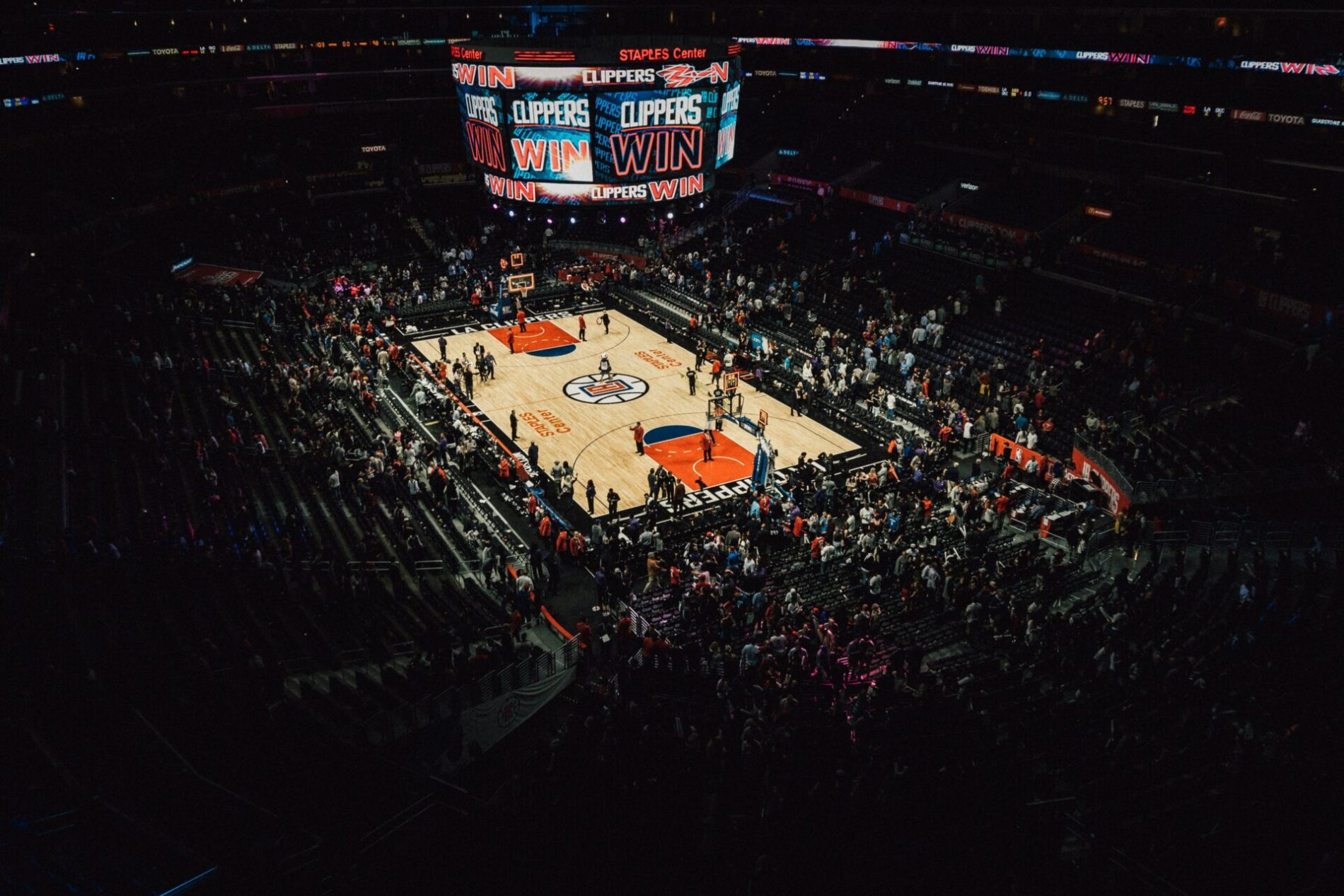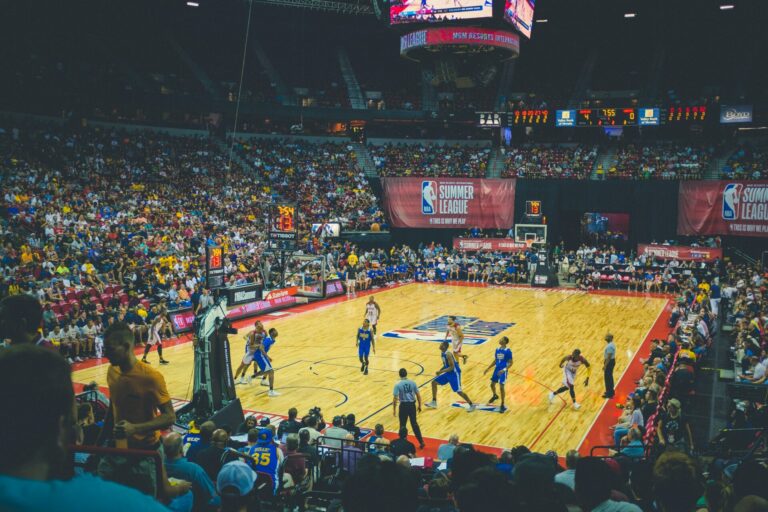A NEW LOOK: THE NBA’S NEW CBA RESTRUCTURES THE SEASON

With the current NBA season drawing to a close amid a drama-filled final day ahead of tonight’s play-in game’s, it’s an ideal time to take stock of how the league’s innovations have landed and what’s ahead, with the signing of a new collective bargaining agreement.
The Bucks and the Celtics are clear favourites in the East, while the wide open Western Conference is also full of questions, with the arrival of Kevin Durant to the Suns and a dramatic resurgence by Lebron James and the Lakers is also intriguing, setting up what looks to be a blockbuster postseason.
This season was the first one not to be affected by the pandemic since 2018-19, and finished with plenty of excitement, with much at stake down to the final day, with all thirty teams in action on Sunday as they hope to solidify or improve their playoff seedings. The play-in format, in which the teams who finish 7-10 in each conference will take each other on in single-elimination games before the playoffs proper, has been derided by the league’s teams and stars on occasion, but there’s no question that for the league, continued interest in regular season games that had previously been somewhat meaningless has be a good thing.
A MORE ROBUST REGULAR SEASON
The league set an all-time in-person attendance record this season as well, meaning that interest in the league has never been higher, as each fan’s potential connection to their team can be maintained longer into the season. With fewer teams “on the beach” come the end of the season, the chance for a longer window of fan engagement continues to grow, underscoring the benefits of the league’s risk-taking.
Thus, the news that the players and ownership have reached agreement on a new collective bargaining agreement has been welcomed warmly, even as it will change the game in more than just a financial way.
Indeed, starting next season (the CBA runs until 2030), there will be an increased salary cap, and a mandated number of games played for postseason awards like MVP, or Rookie of the Year — the ostensible purpose of which is to require the league’s stars to play more games.
But the most-anticipated wrinkle will be a new, in-season tournament. The idea will see it likely echo the format of the Champions League — group stages to take part in the fall, with the semifinals and final to be staged at a neutral site — Las Vegas has been mooted as one potential landing spot. The city has already shown its value to the league as one of the hosts of its summer league, and will look to burnish its reputation even as the league doesn’t seem particularly eager to expand.

These games will count as part of the league’s 82 regular-season games and therefore as part of the aforementioned awards totals, and will also increase the league’s ability to put focus on itself in-season away from the All-Star Game, which has suffered in terms of television ratings and attendance as it shuffles through a variety of formats, voting mechanisms and team selections.
Commissioner Adam Silver was enthusiastic about the tournament in particular, saying in a press conference, “It’s something that I remain excited about; I think it continues to be an opportunity within the current footprint of our season to create some more meaningful games, games of consequence, during an otherwise long regular season.”
Only time will tell if these bold moves pay off, but the NBA’s lack of fear in making rather seismic changes has done little to hurt their perception as being on the cutting edge of American sports. The changes to the collective bargaining agreement are part of this continuum and continue to show the benefits of adaptable, fan-focused thinking in the present day.
Header Credit: Marius Christensen
Other News

News Tank interview: “Samba will serve as a bridge between European clients and the US market”

Samba Digital teams up with the Houston Texans to elevate Somos Texans across the U.S. and Mexico

The Kansas City Chiefs win Emmy Award for “Viva Chiefs’ Kingdom”

Samba Digital announces a new collaboration with FIBA, BCL and BCL Americas

FINAL RESULTS AS OF JUNE 30, 2025 (6 MONTHS)

